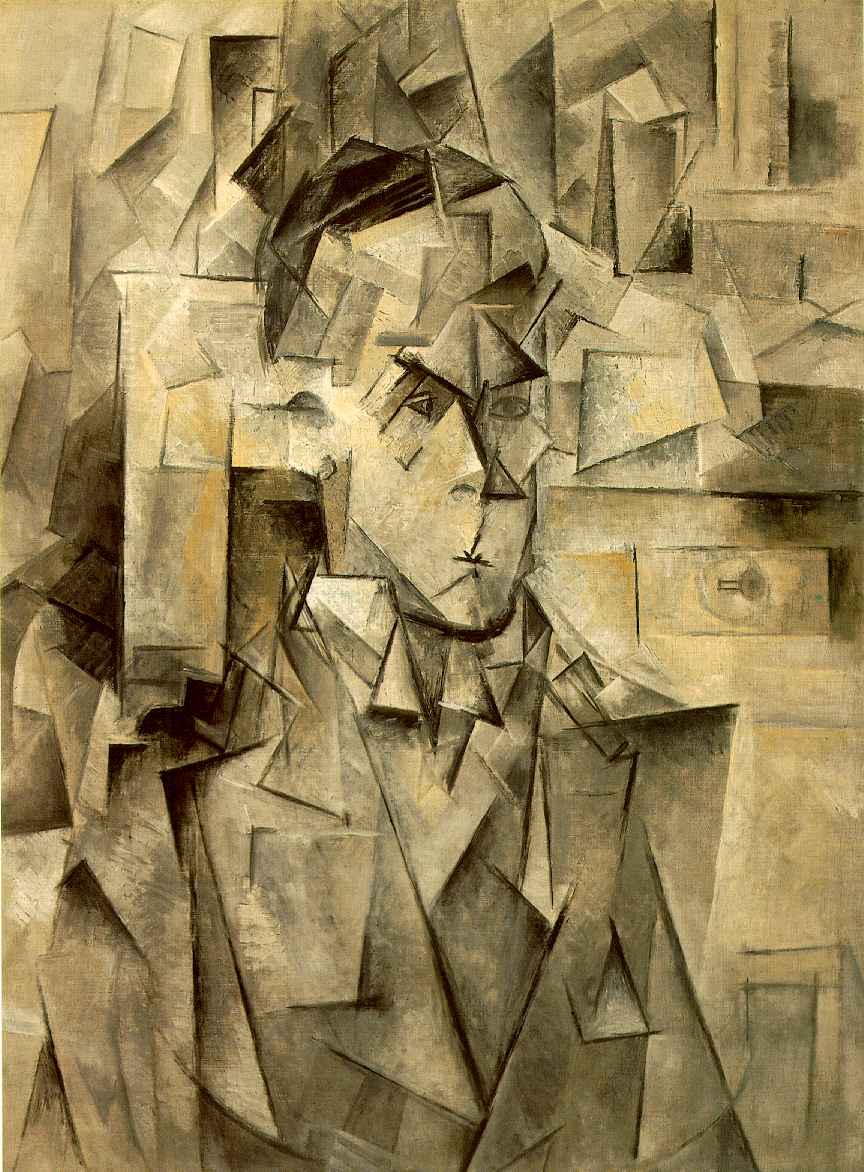

Fracturing the formal elements of their compositions into planes or facets, Cubist artists then worked to reassemble these separate shards into multifaceted surfaces to experiment in combining multiple perspectives at once. What is Cubism?Ĭubism sought to explore new ways to depict space and form within a picture plane. In this article we’ll uncover the principles of Cubism, explore the artists who embodied them, and trace the threads of their influence into the work of other artists in an overarching look at the modern movement’s far-reaching influence. The fact that it arose during one of the most dynamic eras of art, though, can make it difficult to untangle the aims of Cubism and its influence. If you’re interested in collecting Cubist art or want to know more about artists who specialize in Cubism, register for our exciting online auctions or contact our gallery team at 1-80, ext.Cubism’s arrival in the early twentieth century forever changed the course of art by introducing a new mode for painterly abstraction. The beauty of it all is that no two people will ever discover the exact same thing. Instead of looking at a flat image, Cubism allows viewers to dive into a painting, walk around, and see what they find. Through Cubism, modern art reached a new peak in innovation and three-dimensional representation. Whether you’re looking at a vista, a global issue, or an expression of self-identity, art pushes the audience to consider a subject from a variety of angles.

“This energy translated itself into themes about human beings at the peak of accomplishment so the pictures became about enthusiasm, joy, love, music and dancing–fleeting states of mind that produce a feeling of being most vividly alive.”Īrt is all about seeing. “This, coupled with my interest in Cubism, enabled me to formulate an approach to movement in my work that became what I call my ‘sketch style.'” “Figure studies can look as stiff as statues so I needed the suggestion of human beings in motion and a vibrancy to bring the pictures to life,” Nixon said. Petersburg and eventually moved to Paris in 1910, where he was first exposed to the growing Cubist movement. Against his parents’ wishes, Chagall studied art in St.

His work stands firm as a stellar example of what can happen when individuality meets pure talent. Born in Vitebsk, Russia to a family of Hassidic Jews, Chagall mixed motifs of folklore and mysticism with the Cubist distorting of the human form. Many artists learned from Picasso and Braque’s groundwork and created their own unique interpretations of what Cubism could accomplish. A Surrealist artist, who attempts to unlock the subconscious through painting, could choose to render their dreamscapes through the geometric form, for example. The beauty of Cubism, and largely the reason for its lasting legacy, is its ability to work its way into other painting styles. Throughout his career, Braque brought Cubism to the worlds of lithograph, sculpture, illustration, jewelry, and decorative art, cementing his role in the history of modern art.īut Will It Blend?: Cubist Artists Who Defied Being Boxed In After serving in the French Army in World War I, Braque’s compositions became much freer, but his Cubist style continued to play in the freedom. In this period, Braque brought the art of papier collé–“pasted paper”–and collage to the table, blending paint with other two-dimensional art forms. The middle ground between Renaissance-era realism and abstract art, Van Gogh and Cézanne used thick paint strokes and abstraction to depict realist forms. Igor Stravinsky, one of the most prominent 20 th-century composers, cites Cubism as the inspiration for some of his most well-known compositions.īut how was Cubism created? And how did it become one of the most influential modern art movements to date?Īt the dawn of the 20th century, the art world was still reeling from the groundbreaking work of Vincent Van Gogh, Paul Cézanne, and the Post-Impressionists. The writings of James Joyce and Gertrude Stein, which reorder language to find new meaning, relied heavily on Cubism’s influence. Without Cubism, movements like Surrealism, Futurism, Dadaism, Constructivism, and modern art itself wouldn’t look the same. Cubism attempts to bring the 3D onto a 2D canvas, portraying motion, complexity, and the temporal experience without leaving the page.Īfter Cubism, the world of art and culture was never the same. In real life, everything moves and changes depending on the angle you view it. The pioneering Cubists- Pablo Picasso and Georges Braque-saw the centuries of realist paintings as inadequate in depicting the three-dimensional world. “Harp Strings” (2006), Anatole Krasnyansky


 0 kommentar(er)
0 kommentar(er)
